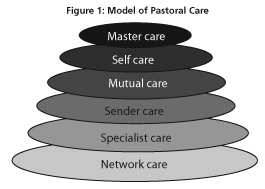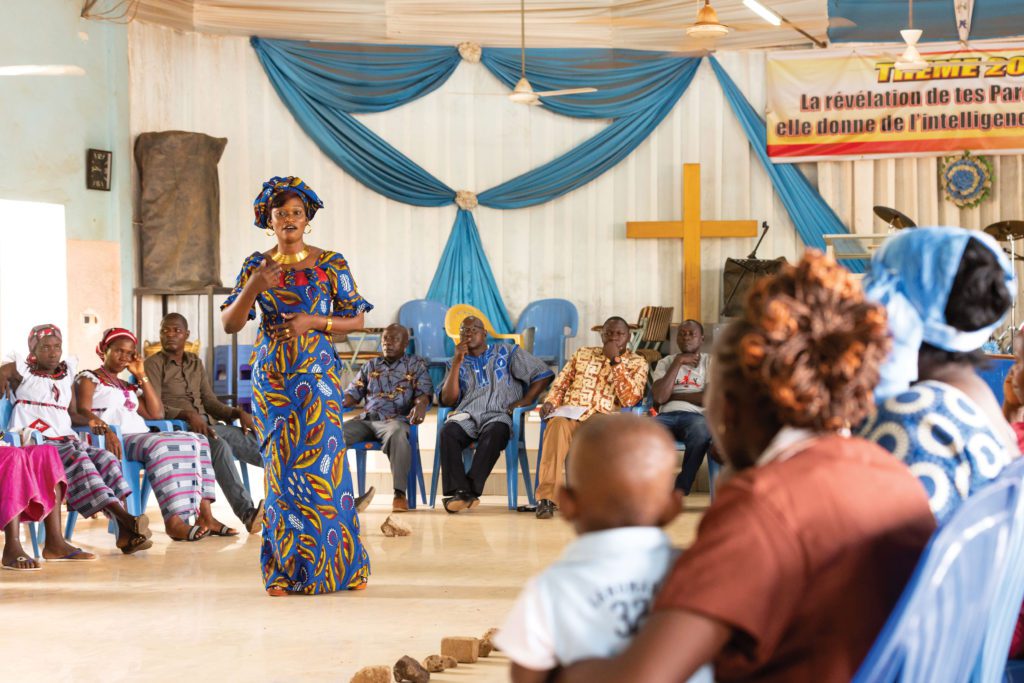Related Articles
Pastoral Care of Missionaries: Turning Theory into Practice
A case study of how the Church Missionary Society of Australia has worked to develop a model of best practice in the pastoral care of missionaries.
The Efficiency of Storying
A defense of how Chronological Bible Storying produces true and faithful disciples who may or may not hunger for literate depth.
Rethinking Orality
By Trevor Yoakum | Oral strategies represented a breakthrough in mission work. However, if orality is to continue to make a meaningful contribution to global mission advance, we must remain abreast of the latest scholarship and reflect this awareness in our mission strategies.
The Problem with Success
Our Protestant mission enterprise is at a crossroad. Not because it has failed, but largely because it has succeeded.
The Problem with Success
Our Protestant mission enterprise is at a crossroad. Not because it has failed, but largely because it has succeeded.



